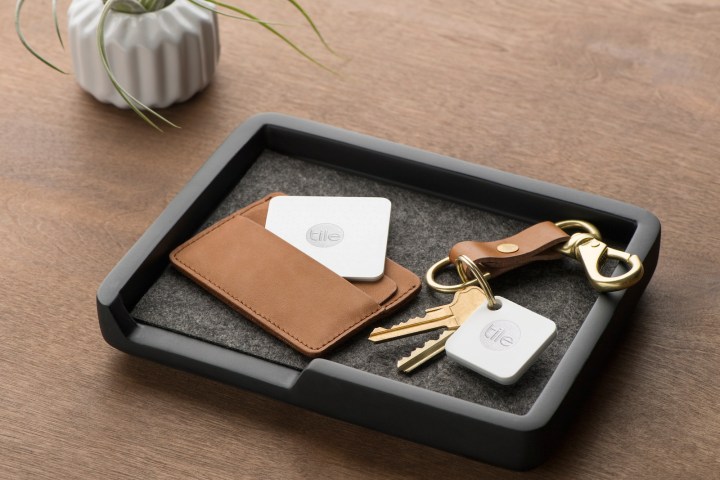
That is the idea behind Mate, which the company released on Tuesday. Much like the Slim — which the company released in September — it is thinner than the original Tile design and retails for the same price as its predecessor at $25 (Slim is $30).
A key difference with the Mate is the presence of a drilled hole in the upper left hand corner, so you can use it on a keychain like the old Tile. It is also roughly the same size as the original Tile, just thinner. That is not the case with the Slim, which Tile needed to make larger overall to make it so super thin.
How you pair it does not change: you still use the app to register the Tile to your account. However, recent enhancements to the service will now allow you to leverage the size of the user base — some 6 million Tiles strong, according to the company — to use their devices to help locate your keys.
Say you lose your keys at a restaurant. If you attempt to search for them, the Tile service now sees what Tiles other tile users may be detecting. Should somebody with a Tile get within the 30 feet necessary to connect, you will be alerted.
There is also the feature to change the ring tone of the Tile between four different options, but the rest of the device remains the same.
While there is not a whole lot to these latest upgrades and it may not be worth it to upgrade right away per se, you may need to replace your Tile soon. According to the company, the battery in the device lasts about a year. But do not worry — Tile has a program that will replace it at a discounted price.
Editors' Recommendations
- Tile’s new feature stops thieves from finding its trackers
- Apple AirTag vs. Tile Tags: Comparing the item trackers
- HP is putting Tile trackers in its Elite Dragonfly laptops
